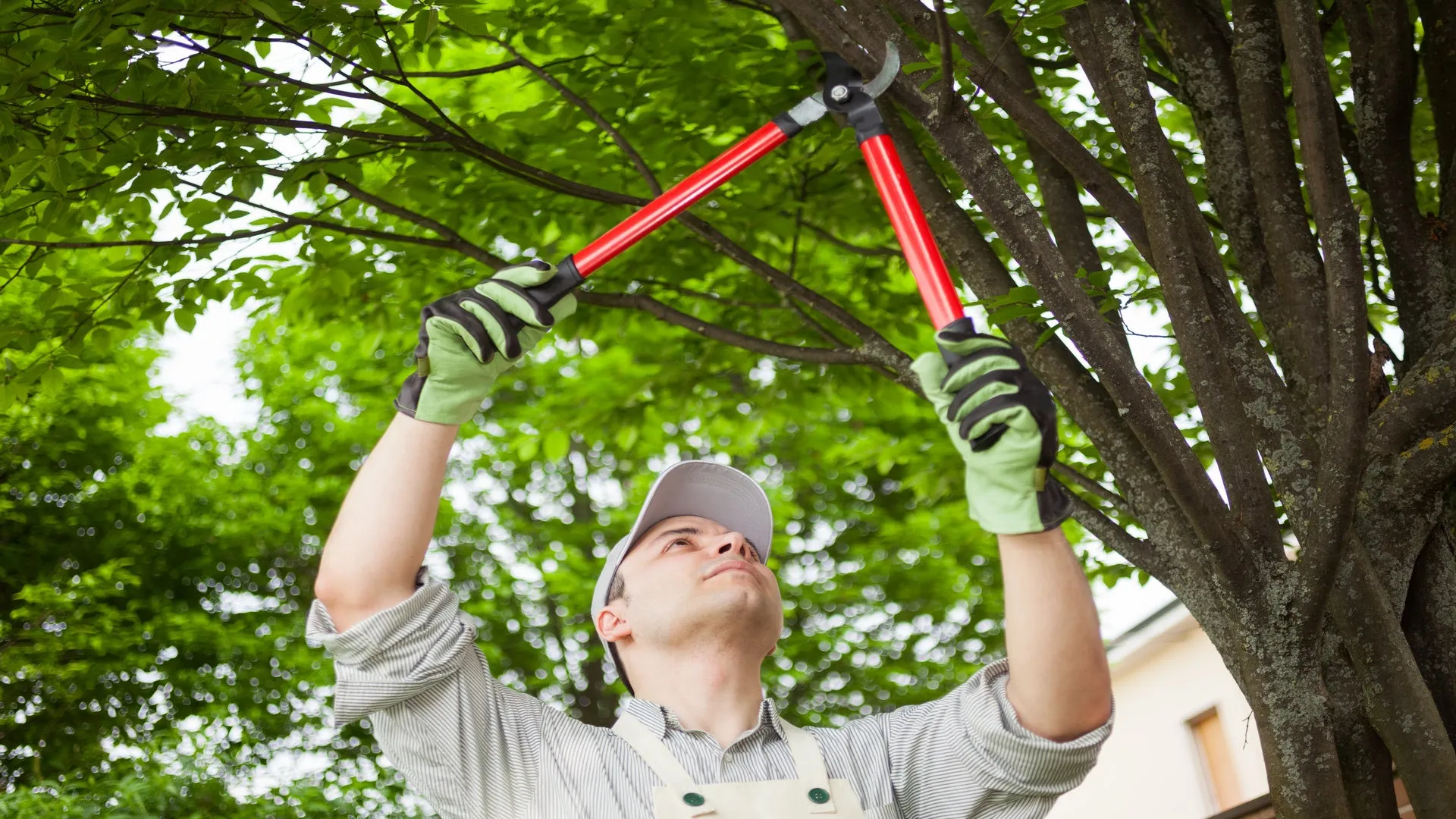Are you a good bushland neighbour?
In urban locations many small pockets of bushland are protected in reserves to provide a buffer and pleasant view between houses.

The following information is available as an information sheet (DOCX, 1.61MB).
Our bushland is precious, it provides homes for wildlife, green spaces for us to enjoy and is a reminder of what our landscape once looked like. Most of our bushland is contained in small, isolated and fragile fragments.
In urban locations many small pockets of bushland are protected in reserves to provide a buffer and pleasant view between houses.
Illegal dumping, vegetation clearing and encroachments decrease the scenic and recreational values of these reserves.
What is habitat
Habitat is the natural home of a plant or animal and consists of all vegetation, logs, leaf litter and other groundcover. Our native wildlife, both plants and animals, need a healthy habitat for food, shelter and breeding.
Anything that impacts on natural habitat in an urban park or large bushland reserve may in turn affect the plants and animals living in the reserve.
Native vegetation also plays an important role in creating shade and protecting adjoining property from the full impacts of severe storms, floods and erosion along waterways and coastal areas.
How can wildlife habitat be destroyed?
We may not realise the consequences of our actions if the outcome occurs over the longer term. The following can affect the long term sustainability of bushland habitat and value of this for both wildlife and humans.
Garden waste
It is rubbish! Garden waste includes plant shoots, cuttings and roots, lawn clippings as well as excess soil and mulch.
This form of litter can introduce garden plants into areas of native vegetation decreasing habitat and wildlife diversity in the long term.
Dumped lawn clippings, palm fronds and plant waste can also increase the fire hazard within the reserve and for adjoining properties.
Encroachments
An encroachment is any personal object that is placed, stored or disposed of, or works done by a person, on council’s parks and natural areas without council approval. Some types of commonly found encroachments on council land are:
- removing or pruning vegetation in parks, bushland reserves or on coastal dunes
- building and garden extensions including sheds, paving, irrigation, tables and seats, garden beds, fencing, irrigation systems and barbecues
- storing materials including soil, mulch, oils, fuel and chemicals, building materials and trailers
- dumping rubbish such as garden waste, building material, household rubbish and derelict vehicles and parts
- excess nutrients and water runoff from your garden may kill nutrient sensitive wallum species.
Did you know that under council local laws you could be given a minimum on the spot fine of $1760 for carrying out dumping activities on council land. Dumpers may also be required to restore the area to its previous natural condition.
The Queensland Government can also issue substantial fines if protected vegetation or plants are removed or damaged and protected animals are harmed.
Responsible pet care
Caring for your cat or dog includes keeping them under control. This is particularly critical in areas adjoining bushland where they share the environment with native wildlife.
How to be a good neighbour
Good neighbours are aware of, and respect, boundaries and are considerate of all their neighbours and adjoining properties.
By working with council to protect and preserve bushland, good neighbours assist in preserving the scenic values, plants and animals which originally attracted them to purchase their home in the area.
How can I help?
You can make a difference. The way in which we maintain our gardens and live can assist in protecting the bushland in your area. You can help by:
- placing green waste and rubbish in bins
- learning more about the adjoining bushland by contacting council
- not doing any work in council reserves or parks without approval
- restraining your dog when walking in bushland where dogs are permitted
- locking your pets up at night animals which originally attracted them to purchase their home in the area.
- reporting vandalism and illegal clearing incidents to council
- joining your local BushCare Sunshine Coast volunteer group.
Require more information or assistance please contact council.
